Difference Between Flat Rate Vat Vs Standard Rate Scheme
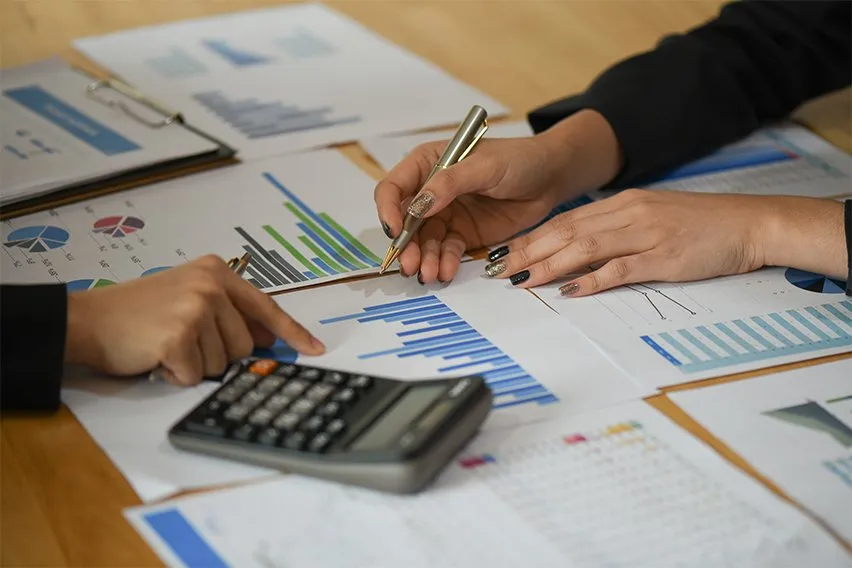
Are you confused about the HMRC flat rate VAT scheme? This article will help! Learn what the HMRC flat rate VAT scheme is vs standard scheme. You’ll also learn about which one is best for your business services.
Here’s What We’ll Cover:
Flat Rate VAT scheme Vs Standard VAT Scheme
Can You Reclaim VAT on Flat Rate?
What Flat Rate Percentage Should You Use?
Flat Rate VAT scheme Vs Standard VAT Scheme
The HMRC flat rate VAT scheme is a simple, quick and easy way for businesses that sell goods that are already taxed at 0%, 15% or 20% to calculate their taxable turnover. If you think this sounds like you, then the flat rate VAT scheme is what you need.
On the other hand, the standard scheme calculates your taxable turnover by adding up all of your business e-commerce sales and subtracting any allowable expenses (cost of goods sold). Also, this scheme deducts costs such as salary and office expenses from any taxable sales left.

Is Flat Rate VAT Better?
Although the standard scheme requires more time and effort, it is better for small businesses with fluctuating sales. This can vary based on your business sector. The flat rate VAT scheme is simpler and easier to use. It uses a single fixed percentage for calculating your taxable turnover. This can be problematic. You will continue to pay this rate even if your business starts doing well and its expenses increase.
The standard scheme gives you a lot more flexibility. It allows you to pay a small amount for a service that fits your needs. This saves you time in return for this convenience. This method is better than the flat rate VAT scheme if you expect your company’s expenses to increase over time. If you don’t think they will then go with the flat rate method.
How Can I Avoid Paying VAT?
You can’t avoid it completely, but your business type may have unique options. One way is to find a solution that enables you to use existing technology and infrastructure. By doing so, you can avoid error-prone data entry. You can also benefit from tight integration with other software you use.
Another way is to outsource your e-commerce fulfilment to a company that specializes in these services. This results in cost savings and faster service for you and your customers. A company like this can help you avoid costly mistakes such as paying too little or too much VAT. It does this by taking care of the calculation and payment for you.
Don’t forget: the HMRC flat rate VAT scheme and the standard scheme each have their pros and cons. Make sure you know which one is best for your type of business!
Can You Reclaim VAT on Flat Rate?
Companies on the Flat Rate VAT Scheme are not allowed to claim back any VAT on purchased goods and expenses for their company. These companies are normally on the Flat Rate Scheme because they sell goods that are already taxed at 0%, 15% or 20%.

What Flat Rate Percentage Should You Use?
The only vat rates that are suitable for the flat rate scheme are 0%, 15% or 20%.
0% Scheme
Those companies that sell goods and services within the EU do not pay VAT on these sales. No matter what your business turnover, you do not have to pay any VAT. To use this method your total taxable supplies for the previous four consecutive tax periods were not more than £50,000 or your current tax period is less than £50,000.
15% Scheme
This is very similar to the zero-rated method of calculation. You must add in some costs when working out how much VAT you owe. The key difference is that you can’t use it if your company’s previous four consecutive tax periods profits were more than £50,000.
20% Scheme
This is the more common method of calculation unless your business sells zero-rated goods or services to other EU countries. This method does not include any costs when working out how much VAT you owe. Is Flat Rate of VAT Worth it? There are many benefits to using a flat rate over standard rates of VAT. It’s easier for businesses who have a steady income every month which tends to be on a regular basis each year. A company on ‘standard’ rate has to pay on top deductible expenses on their turnover after deducting capital allowances and input tax charges on their purchases from suppliers making them uncertain on how much they can actually recover back in VAT that will probably have an impact on their business value. If you are uncertain of which option is best for your business, seek advice from an accountant or tax specialist.
Key Takeaways
If you are uncertain of which option is best for your business, seek advice from an accountant or tax specialist. It’s important to determine whether the flat rate VAT scheme will work well with your company before deciding on this method over standard rates. You should also discuss VAT return. To find more information like this, check out our resource hub! There are many articles just like it.
RELATED ARTICLES

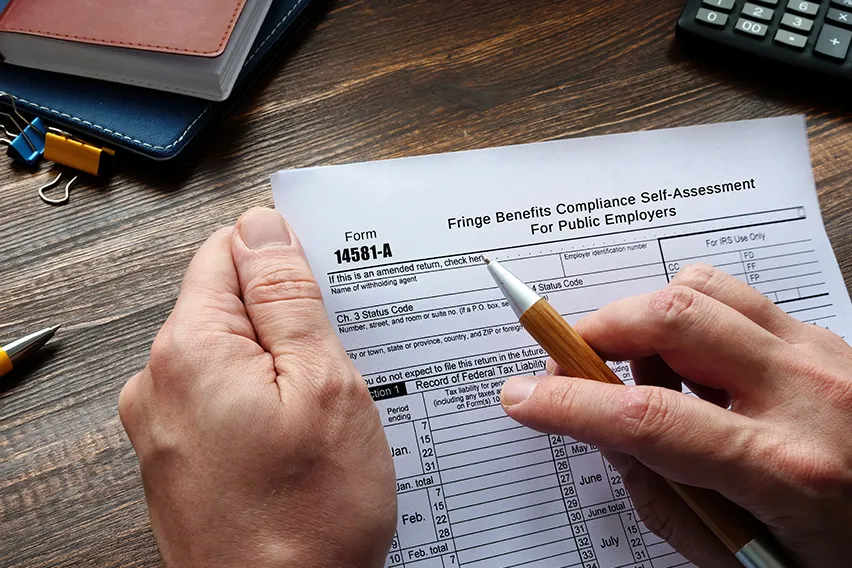 How Do I Pay My Self Assessment Tax Bill?
How Do I Pay My Self Assessment Tax Bill?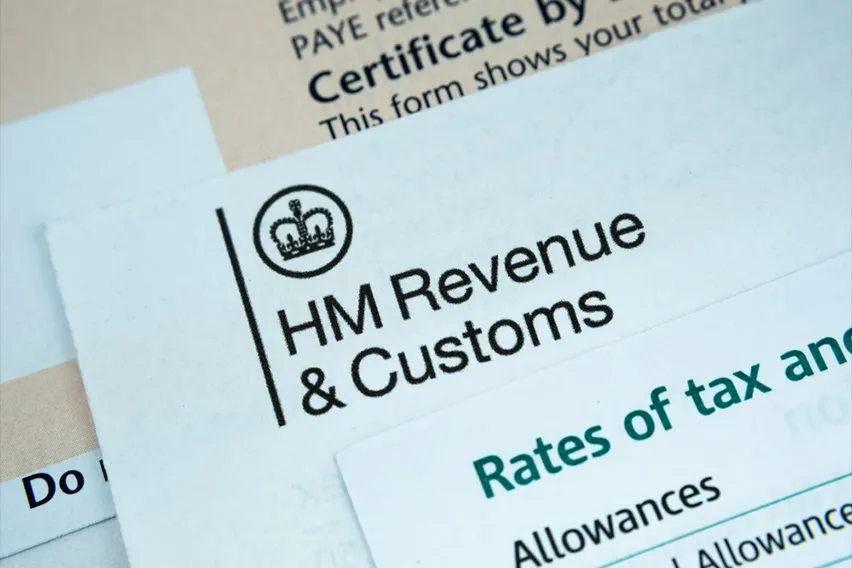 How to Use P87 HMRC Form to Claim Tax Relief?
How to Use P87 HMRC Form to Claim Tax Relief?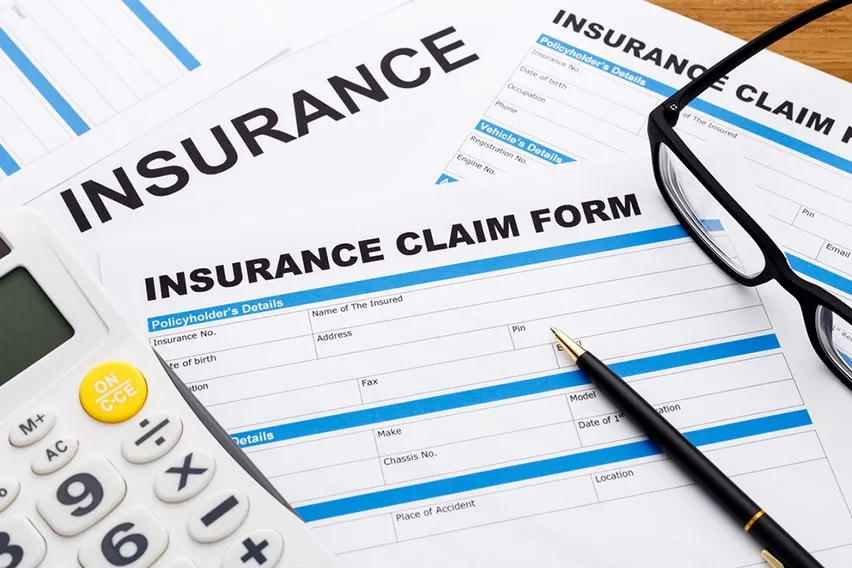 SEISS – What It Is and How To Claim It
SEISS – What It Is and How To Claim It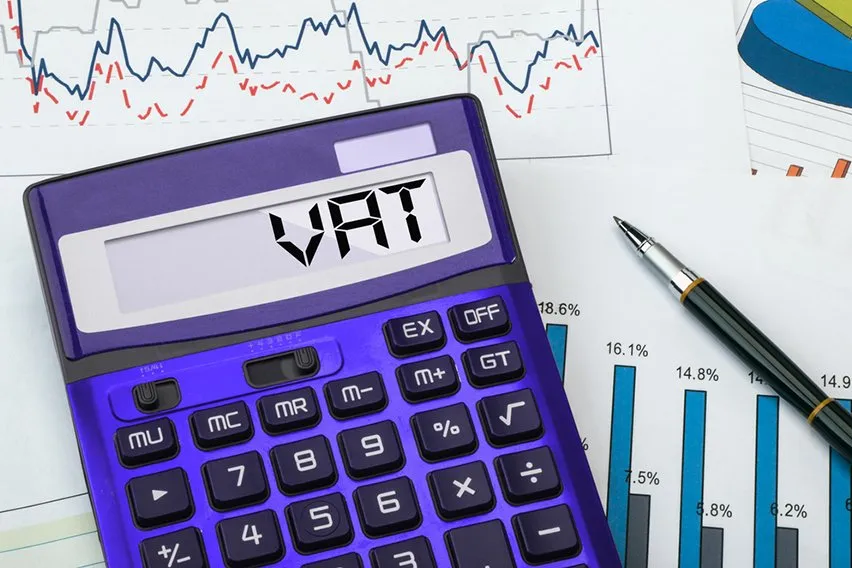 What Is the VAT Reverse Charge for Construction Work?
What Is the VAT Reverse Charge for Construction Work?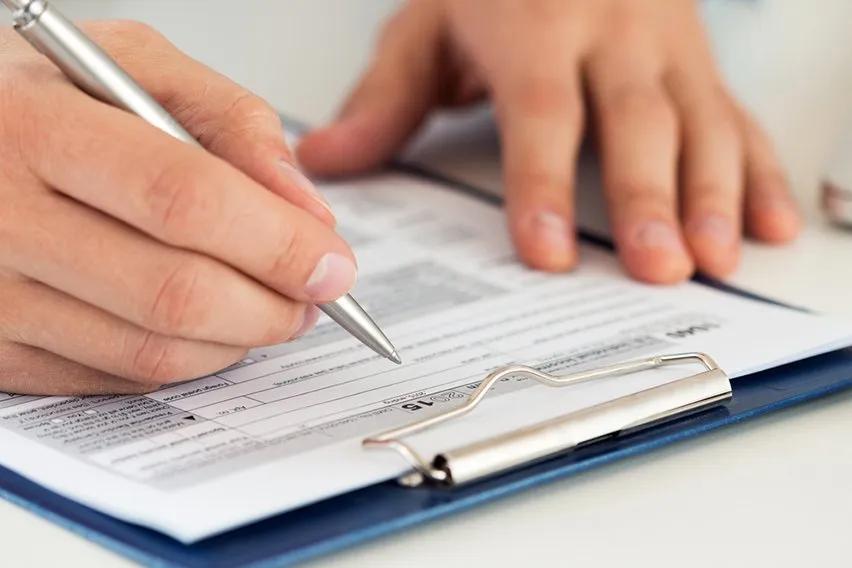 What Is Outside IR35?
What Is Outside IR35?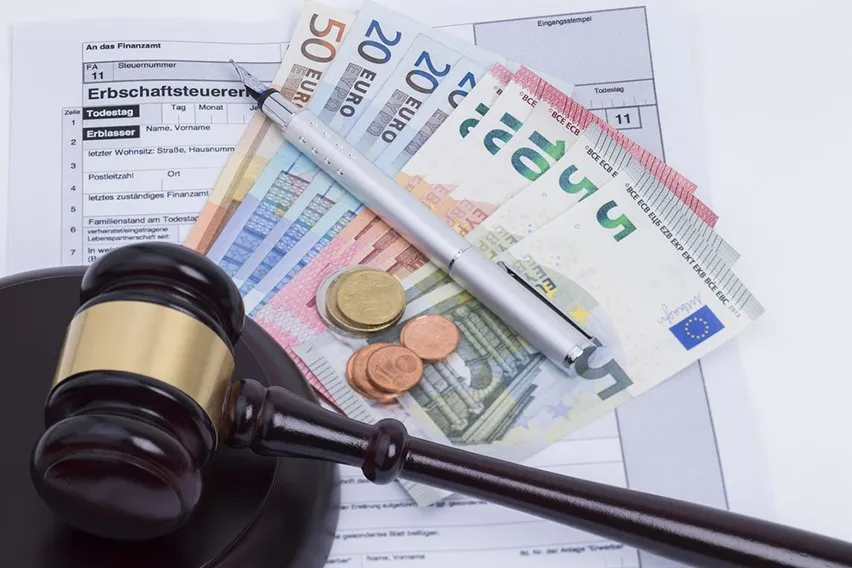 Inheritance Tax Forms: An Extensive Guide
Inheritance Tax Forms: An Extensive Guide